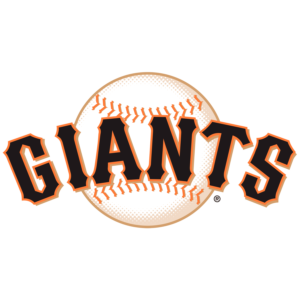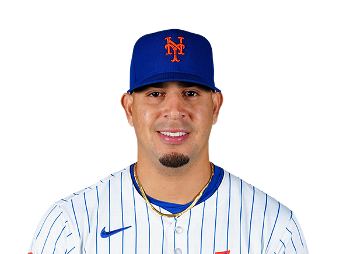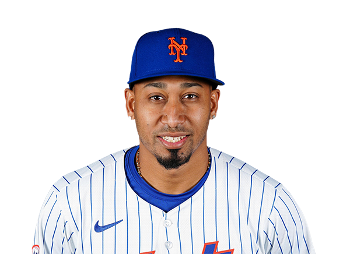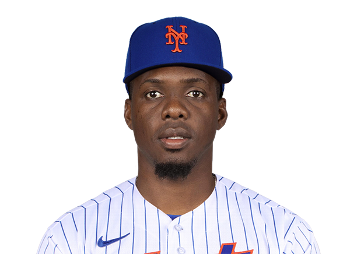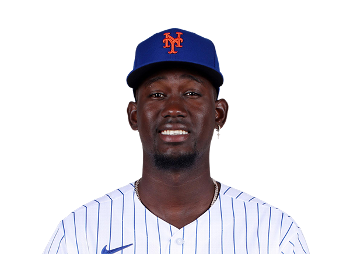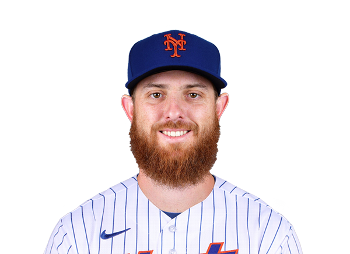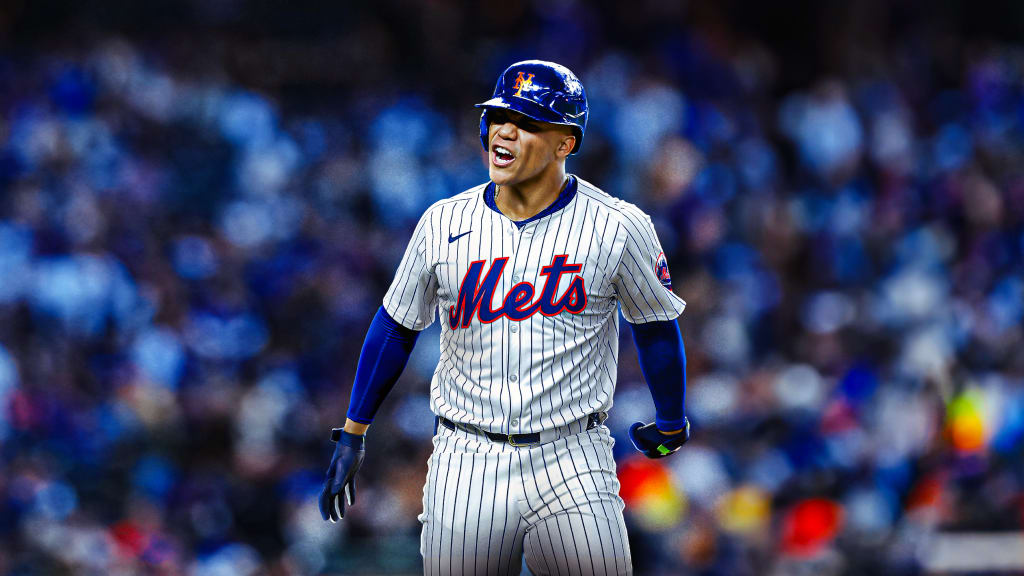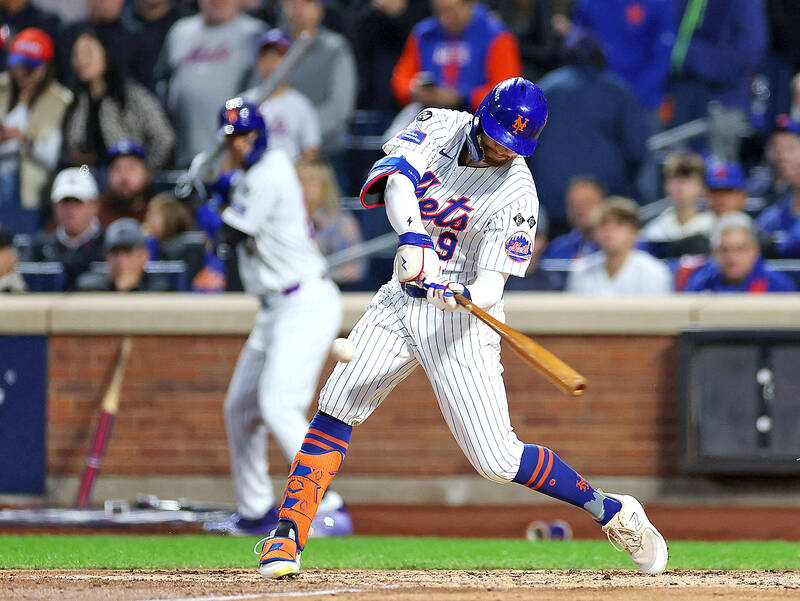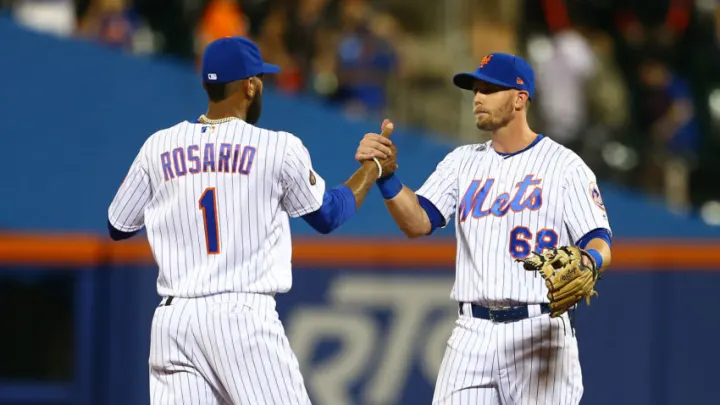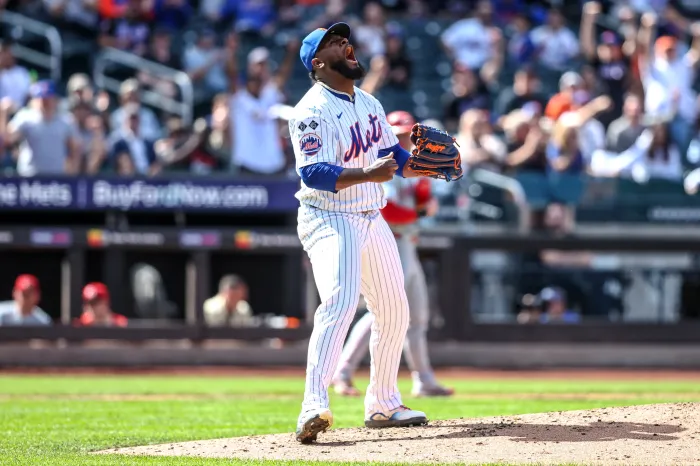
New York Mets
Current Season (23/24)
Team History
Overall
For the 1962 and 1963 seasons, the Mets played home games at the Polo Grounds in Manhattan before moving to Queens. From 1964 to 2008, the Mets played their home games at Shea Stadium, named after William Shea, the founder of the Continental League, a proposed third major league, the announcement of which prompted their admission as an NL expansion team.[13] Since 2009, the Mets have played their home games at Citi Field next to the site where Shea Stadium once stood.
The New York Mets are an American professional baseball team based in the New York City borough of Queens. The Mets compete in Major League Baseball (MLB) as a member club of the National League (NL) East Division. They are one of two major league clubs based in New York City, the other being the New York Yankees of the American League (AL). One of baseballs first expansion teams, the Mets were founded in 1962 to replace New Yorks departed NL teams, the Brooklyn Dodgers and the New York Giants.[12] The teams colors evoke the blue of the Dodgers and the orange of the Giants.
Struggles and return to the postseason
In their inaugural season, the Mets posted a record of 40–120, the second most regular-season losses since MLB went to a 162-game schedule.[14] The team never finished better than second-to-last in the 1960s until the "Miracle Mets" beat the Baltimore Orioles in the 1969 World Series, considered one of the biggest upsets in World Series history despite the Mets having won 100 games that season.[15] The Mets have qualified for the postseason eleven times, winning the World Series twice (1969 and 1986) and winning five National League pennants (most recently in 2000 and 2015), and six National League East division titles.
Since 2020, the Mets have been owned by billionaire hedge fund manager Steve Cohen, who purchased the team for $2.4 billion.[16] As of 2023, Forbes ranked the Mets as the sixth most valuable MLB team, valued at $2.9 billion.[17]
During the 1991 season, the Mets were actually in contention for much of the season, closing to within 2.5 games of the front-running Pirates at one point. In the latter half, however, the bottom completely fell out and Harrelson was fired with a week left to go in the season, replaced by third base coach Mike Cubbage for the final games. Gregg Jefferies, once considered a promising young player, became a distraction as he released a controversial statement to be read on WFAN radio
Working Their Way Back
The 1995 season marked the emergence of pitchers Bill Pulsipher, Jason Isringhausen, and Paul Wilson. The trio were dubbed Generation K, a group of talented young hurlers who were destined to bring the Mets into greatness, much like Tom Seaver, Jerry Koosman and Nolan Ryan did in the 1960s. However, all three players succumbed to injury, preventing them from reaching their full potential. Of the three of them, only Isringhausen would accomplish much of significance in the majors, but as a reliever, eventually reaching 300 career saves.[59]
The Mets dismal 1996 season was highlighted by the play of switch hitting catcher Todd Hundley breaking the Major League Baseball single season record for home runs hit by catcher with 41.[60] Center fielder Lance Johnson set single-season franchise records in hits (227), triples (21), at bats (682), runs scored (117). Johnson's 21 triples also led the National League, the highest amount by an NL player since 1930.
During the season, the Mets acquired Mike Piazza in a blockbuster trade that immediately brought star power and credibility to the Mets that had been lacking in recent years.


